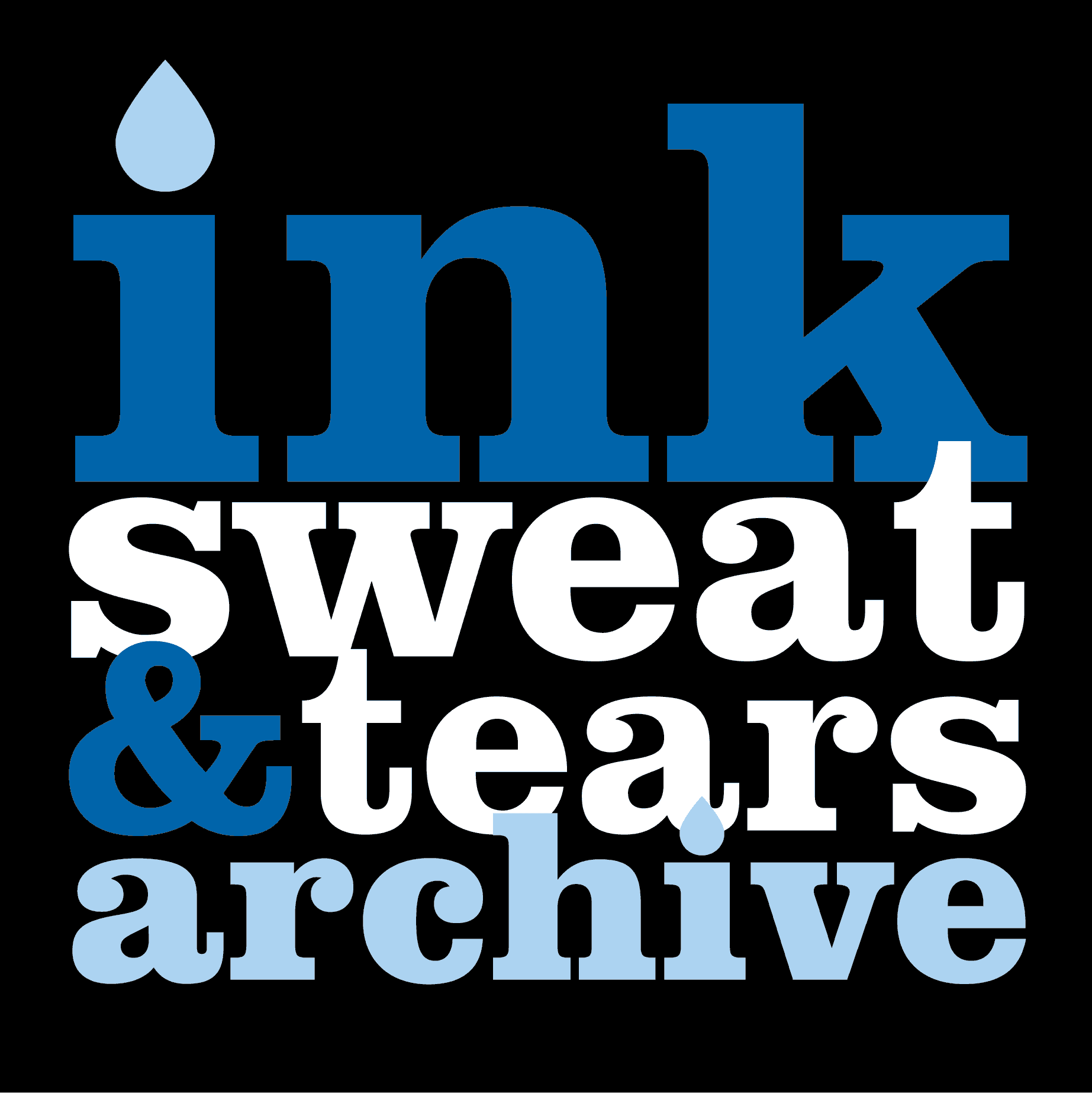Seven Questions
In this series Ink Sweat & Tears talks to practicing writers about their process.
1. Where do you write? (do you have an office, room, bus journey that you find yourself and your writing?)
I have two writing places in my house – one is a desk in the study, and one is a shed in the back garden. The garden shed is too cold to use all winter, but I like the sound of the squirrels running over the roof. All my poetry books are in the study, so I’m most often in there. But I do like writing on trains.
2. How do you write? (into a notebook or straight onto a computer?)
I am very attached to my computer, and most drafts start there. I like being able to see the structure, to move things around while I’m redrafting. I print out all my drafts and staple them together, so that I can chart the process of each poem. I also have a little notebook that I carry around in my handbag in case I have an idea, but it’s really just for note-taking. The only time I will write a draft in my notebook is on the train, and then I tend to write sonnets, because the notebook is sonnet-sized.
3. Roughly how much time do you spend each week on creative writing related activities? (writing, editing, correspondence & submissions)
If you count teaching prep and reading students’ poems, then I would say it’s 9 to 5, five days a week (with some time given over to the usual distractions). I tend to read the newspapers at the weekend and watch bad television.
4. What time of day do you usually write?
I don’t have a regular writing time, nor do I stick to a certain number of hours a day, but I do like writing in the morning. Not too early – I’m not one of those crack-of-dawn writers. But I’m fresher then, and perhaps less distracted by the trivialities of the day.
5. What does it feel like to write?
I don’t know that it feels any different to anything else; it’s so much a part of me and how I think. Writing has always been my way of finding order the world.
6. Are there any stimuli that will usually trigger you into writing?
I am a very visual person, so it will often be something I’ve seen. And more recently, paintings have been an enormous inspiration. I’m really a frustrated artist, so writing poems about art is the next best thing.
7. What are you working on now?
I usually have a bit of a hiatus between books, simply because I find each collection is a way of working through a particular theme, and once I’ve finished, I’m looking for the next thing I want to write about. I’ve written a small handful of poems since The City with Horns, but already a theme is emerging to do with boundaries and borderlines, so I would like to see where that leads me. I’m also writing a series of ‘informal’ sonnets to go with photographs taken by my friend Vici MacDonald (http://artanorak.tumblr.com/). She likes the same unloved bits of London that I do, places that Iain Sinclair calls ‘the dirty folds in the map’, so it’s a very exciting project.
*Tamar Yoseloff is the author of four poetry collections, most recently The City with Horns, published by Salt last month. She is also the author of Marks, a collaborative book with the artist Linda Karshan, published by Pratt Contemporary Art, and the editor of A Room to Live In: A Kettle's Yard Anthology. She is a freelance tutor in creative writing and has run a number of site-specific poetry workshops in venues such as the Fitzwilliam Museum and Tate St Ives. Her blog, Invective Against Swans explores the intersection between poetry and art.
